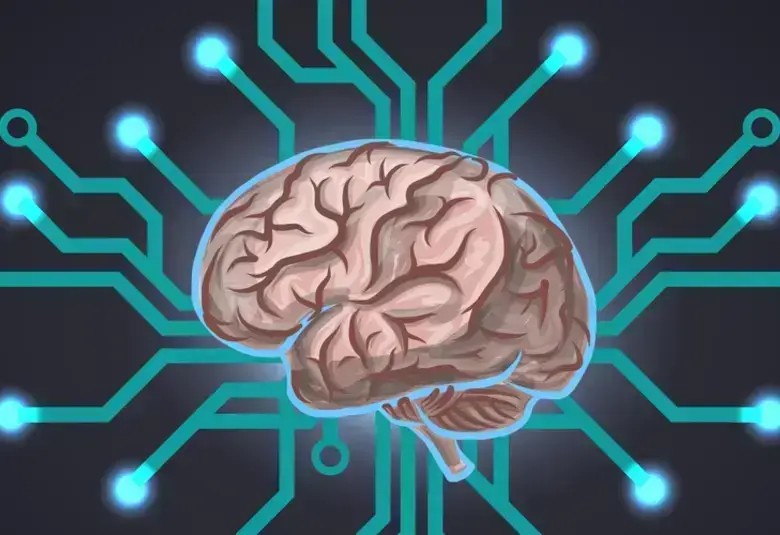Trials of drug therapy are generally double-blind, while in psychotherapy studies it is difficult to find an appropriate control group. So the two kinds of intervention are difficult to compare. But there does seem to be some evidence that combining the two approaches has additive effects.
약물치료에 대한 임상시험은 일반적으로 이중 눈가림으로 진행되는 반면, 심리치료에 대한 임상시험은 적절한 대조군을 찾기가 어렵습니다. 따라서 이 두 가지 치료법을 직접 비교하기에는 어려움이 있습니다. 하지만 약물치료와 심리치료의 병행이 상가효과(additive effect)를 가져오는 것에 대한 몇 가지 근거가 제시되었습니다.
Trials of psychotherapy versus some form of control arm, of pharmacotherapy versus placebo, of psychotherapy versus pharmacotherapy, and of combined treatment versus a single modality – Pim Cuijpers and colleagues at the Free University of Amsterdam have been looking at the outcomes of studies using all of these designs. But comparing outcomes is difficult. 암스테르담 Free University의 Pim Cuijpers교수와 연구진은 심리치료와 대조군의 비교, 약물치료와 위약군의 비교, 두 가지 이상의 치료병행과 단일 치료요법의 비교 등의 임상시험 디자인을 이용하여 연구의 결과들을 살펴보았는데, 이 결과들의 비교에는 어려움이 있었습니다.
Many hundreds of psychotherapy trials have been undertaken. They differ in how long ago they were conducted, in the nature of the control groups (patients on the waiting list are often the only control), in the kind of psychotherapy considered, and in the nature of the patients treated. 심리치료에 대한 임상시험은 수백 건 이상이 시행되었지만, 이러한 임상시험들은 얼마나 오래전에 연구가 수행된 것인지, 대조군의 특성(대기자 명단에 있는 환자가 종종 유일한 대조군입니다.), 심리치료의 유형 및 치료받은 환자의 특성면에서 차이가 납니다.
With trials of drugs, there will again be differences in the nature of the patients treated. And some studies are with old compounds, while others are with newer agents. But both will generally have been compared with a “pill placebo” and hence be double-blind. 약물 임상시험의 경우에도 치료받는 환자의 특성에서 차이를 보일 것입니다. 또한 일부 시험들은 오래된 약제들을 이용하는 반면, 다른 시험들은 새로운 치료제들을 이용하는 차이를 보입니다. 하지만 두 경우 모두 대개 “위약 알약”에 대한 비교이므로 이중 눈가림 시험에 해당합니다.
No differences between type of psychotherapy
심리치료 방법에 따른 차이는 없습니다.
In the case of psychotherapy trials, there are no clear differences between forms of treatment. The overall finding is that the degree of efficacy is independent of the age of patients. But there is some indication effect size is less in patients with comorbid substance abuse, with chronic depression and in-patients rather than out-patients.
심리치료 임상시험의 경우, 치료 형태 간에 뚜렷한 차이는 없습니다. 전반적으로 심리치료의 효과는 환자의 나이와는 무관하였습니다. 하지만 물질 남용이 공존하는 환자, 만성 우울증을 겪고 있는 환자, 그리고 외래환자보다는 입원환자에서 효과크기(effect size)가 적은 경향을 보입니다.
It does not seem to matter much whether the psychotherapy format is face-to-face, or in groups, or guided self-help – as long as there is real human contact with a therapist somewhere along the line.
치료전문가를 직접 만나 치료 받는다면, 치료의 형태가 일대일인지 집단 방식인지, 가이드된 자기개발활동(guided self-help)인지는 크게 중요하지 않습니다.
Neither is there much influence on effect size of number of sessions (which ranged from 4 to 24), nor contact time: in both respects, long is as effective as short. And psychotherapy also seems effective in low and middle-income countries.
치료 세션 횟수(범위 4~24회)나 접촉 시간도 효과에 큰 영향을 미치지는 않으며, 이 두 가지 측면 모두에서 장기는 단기와 동등하게 효과적이었습니다. 또한 심리치료는 저소득 국가 및 중소득 국가에서도 효과가 있는 것으로 보였습니다.
Psychotherapy trials with low risk of bias show reduced effect size
비뚤림 위험(Risk of bias)이 낮은 심리치료 임상시험에서 효과크기(effect size)가 감소된 것으로 나타납니다.
There is some evidence of an additive effect when drugs and psychotherapy are combined. Analysis of studies that compared their combination to a single treatment modality find a number-needed-to-treat (NNT) of 3.5, compared with 5.75 for pharmacotherapy alone and 7.1 for psychotherapy.
약물과 심리치료를 병행할 때 상가효과(additive effect)가 있다는 것에 대한 몇 가지 근거가 있습니다. 단일 치료 방식과 두 가지 치료의 병행을 비교 분석한 NNT(number-needed-to-treat)는 약물치료 단독의 경우 5.75, 심리치료의 경우 7.1인데 비해, 병용요법의 경우 3.5인 것으로 나타났습니다.
Additive sources of bias
비뚤림(bias)에 대한 추가 자료
But there is intriguing evidence of two potential sources of bias. When the 100 psychotherapy studies (out of 350) with designs judged to be at low risk of bias are compared with the rest, the effect size of the intervention is reduced. And the same effect is seen with potential publication bias.
하지만 두 가지 잠재적인 비뚤림(bias) 원인에 대한 아주 흥미로운 증거가 있습니다. 350건의 심리치료 시험 중 비뚤림 위험이 낮은 것으로 판단되는 설계를 이용한 100건의 심리치료 시험을 나머지 시험과 비교했을 때, 치료의 효과크기(effect size)는 감소합니다. 잠재적 출판 비뚤림(publication bias)에서도 동일한 효과크기가 관찰됩니다.
Of trials funded by the NIH, 13 of 55 were never published. Tracking these trials down and including them in the results reduced overall effect size by 25%.
NIH의 재정 지원을 받는 임상시험 55건 중 13건은 출판되지 않았습니다. 이러한 임상시험을 추적하여 결과에 포함시켰을 때 전체 효과크기가 25% 감소되었습니다.
Adjusting for both potential sources of bias increases NNT from 3 to 6; and the effect size falls from 0.71 to 0.31. Confining the analysis to trials that used CBT, the effect size falls from 0.71 to 0.34.
잠재적인 비뚤림의 원인을(bias) 두가지를 모두 보정했을 때 NNT는 3에서 6으로 증가하고, 효과크기(effect size)는 0.71에서 0.31로 감소합니다. CBT를 이용한 임상시험만 분석하면, 치료 효과는 0.71에서 0.34로 낮아집니다.
Professor Cuijpers emphasised that these trials – both those using drugs and those using psychotherapy -- all deal with relatively short-term outcomes, of around six months. Meta-analysis of trials with longer-term follow up and those that investigated relapse prevention may give a somewhat different picture.
Cuijpers교수는 약물 치료로 진행한 임상시험과 심리치료를 기반으로 한 임상시험 모두 상대적으로 단기간인 약 6개월간의 결과를 다루고 있음을 강조했습니다. 장기간 추적관찰한 임상시험과 재발 방지를 연구한 임상시험에 대한 메타분석에서는 다소 다른 결과가 도출될 수 있습니다.
저희 담당자는 과학적 근거를 토대로 심포지엄의 주요 자료를 선정합니다. 본 페이지의 의견이 반드시 룬드벡의 의견을 반영하지는 않습니다.





